Home>Ideas and Tips>Indoor Ponytail Palm Care Tips and Unique Drought-Tolerant Plant
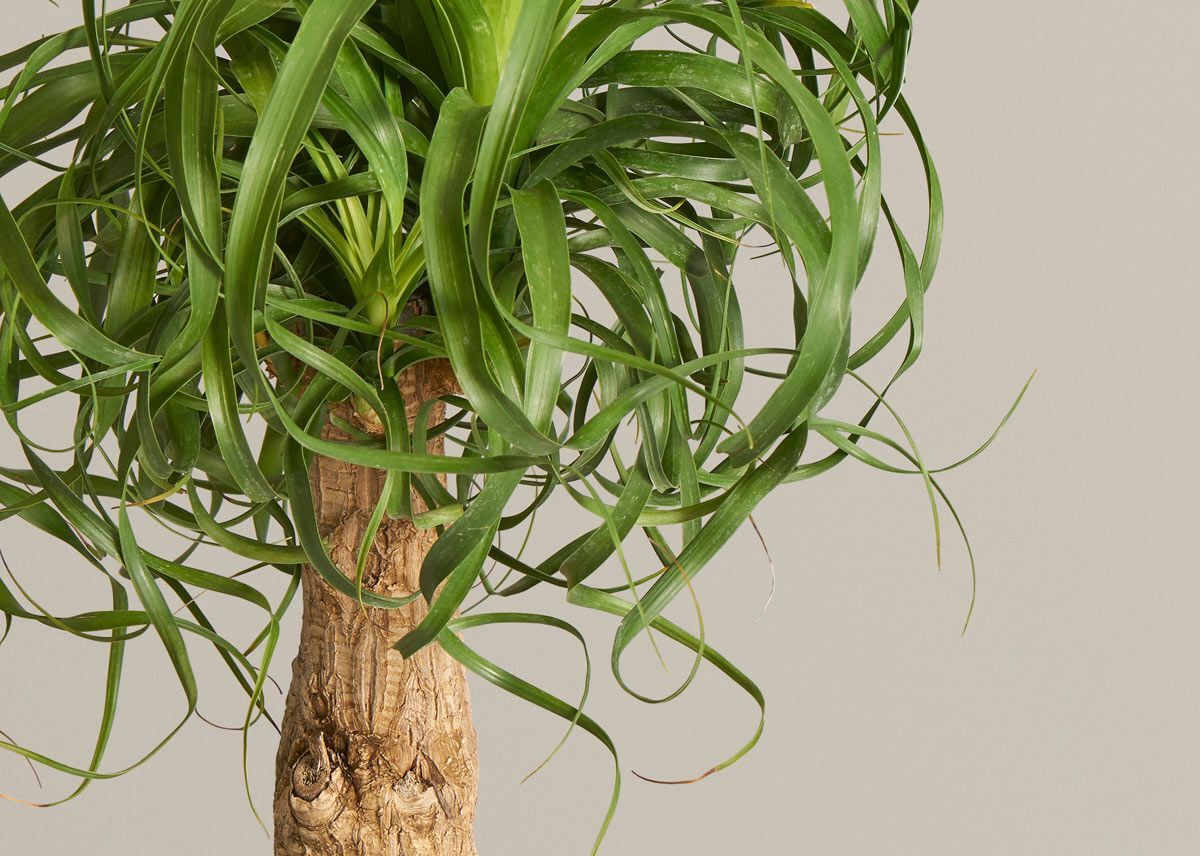

Ideas and Tips
Indoor Ponytail Palm Care Tips and Unique Drought-Tolerant Plant
Published: September 2, 2024
Learn how to care for your indoor ponytail palm, a unique, drought-tolerant plant. Get tips on lighting, watering, soil, and more for a thriving plant.
(Many of the links in this article redirect to a specific reviewed product. Your purchase of these products through affiliate links helps to generate commission for Storables.com, at no extra cost. Learn more)
The ponytail palm, scientifically known as Beaucarnea recurvata, is a unique and fascinating houseplant that has gained popularity in recent years due to its low-maintenance requirements and stunning appearance. Despite its palm-like name, the ponytail palm is actually a succulent, belonging to the Agave family. This plant is known for its bulbous trunk and long, curly leaves that cascade down like a ponytail, giving it its distinctive and visually appealing look. In this article, we will delve into the detailed care instructions for growing a healthy and thriving indoor ponytail palm.
Understanding the Ponytail Palm
Before diving into the care tips, it's essential to understand the basic characteristics of the ponytail palm. Here are some key points:
- Botanical Name: Beaucarnea recurvata
- Height: 6 to 8 feet (1.8 to 2.4 meters) when grown outdoors, but typically remains smaller when kept indoors.
- Spread: 3 to 5 feet (0.9 to 1.5 meters) in width.
- Sun Exposure: Full sun to partial shade. While it can tolerate low light conditions, it thrives best in bright, indirect light.
- Soil Requirements: Loose, well-drained soil that prevents waterlogging.
- Hardiness Zones: 10 to 11, making it suitable for warm climates but adaptable for indoor conditions.
- When to Plant: Any time indoors, as it is a year-round plant.
Unique Characteristics
The ponytail palm has several unique characteristics that make it an excellent choice for indoor gardening:
- Bulbous Trunk: The plant's bulbous trunk is designed to store water, making it drought-tolerant.
- Curly Leaves: The long, curly leaves cascade down from the top of the trunk, giving it a distinctive ponytail-like appearance.
- Slow Growth: Ponytail palms are slow-growing plants, which means they require less frequent repotting and pruning.
Lighting Requirements
Lighting is one of the most critical factors in caring for an indoor ponytail palm. Here are some guidelines:
Bright Light
While ponytail palms can tolerate low light conditions, they thrive best in bright, indirect light. Placing your plant near a south-facing window is ideal, but ensure it is not directly touching the glass to avoid scorching the leaves. If you don't have a south-facing window, a west-facing window can also provide sufficient light.
Moderate Light
If you can't provide bright light, moderate light will still work. However, the growth of the plant will be slower, and it may not reach its full potential.
Low Light
Ponytail palms can survive in low light conditions, but they will not thrive. If you place your plant in a room with limited natural light, it's best to supplement with artificial lighting.
Rotating the Plant
If your ponytail palm is receiving light on one side only, it may lean towards the light source. To prevent this, rotate the plant regularly to ensure it grows straight.
Watering
Watering is another crucial aspect of caring for an indoor ponytail palm. Here are some tips:
Soak and Dry Method
Ponytail palms prefer the soak and dry method of watering. This means allowing the soil to dry out completely between waterings. Overwatering is the most common cause of death in these plants, so it's essential to be cautious.
Read more: How To Design A Drought-Tolerant Landscape
Frequency of Watering
The frequency of watering depends on several factors:
- Season: In warmer months, water every three weeks. In cooler months, water every four to six weeks.
- Pot Size: Larger pots require less frequent watering.
- Soil Mix: A well-draining succulent or cactus mix helps prevent waterlogging.
- Environmental Conditions: Plants in cooler temperatures or with less light may require less frequent watering.
Avoiding Overwatering
To avoid overwatering, ensure your pot has adequate drainage holes. Watering too frequently can lead to root rot, which is a common issue with ponytail palms.
Temperature and Humidity
Ponytail palms prefer standard indoor temperatures between 60°F (15°C) and 80°F (27°C). Avoid placing them near cold drafts or air conditioning vents, as this can cause stress to the plant.
Humidity
Ponytail palms are relatively low-maintenance when it comes to humidity. They can thrive in most indoor environments without high humidity levels. However, if you live in an extremely dry home, providing some humidity by placing a tray of water near the plant or using a humidifier can be beneficial.
Read more: What Grass Is Most Drought-Tolerant
Soil Requirements
The soil you use for your ponytail palm is crucial for its health. Here are some guidelines:
Well-Draining Soil
Ponytail palms require well-draining soil that prevents waterlogging. A mix designed for cactuses or succulents is ideal. You can also create your own mix by combining potting soil with perlite or pumice.
Soil Mix Options
- Bonsai Jack: A gritty mix that is great for those prone to overwatering.
- Hoffman’s: A cost-effective option that can be used with added perlite or pumice.
- Superfly Bonsai: Another fast-draining mix suitable for indoor succulents.
Fertilization
While ponytail palms don't require frequent fertilization, a balanced water-soluble fertilizer during the growing season can provide a gentle nutrient boost.
Fertilizer Application
Apply the fertilizer once or twice during the growing season (spring and summer). Avoid fertilizing during the dormant period (fall and winter) as this can cause more harm than good.
Pruning and Propagation
Pruning and propagation are essential for maintaining the health and appearance of your ponytail palm.
Pruning
Pruning is minimal for ponytail palms. Remove any dead or damaged leaves to maintain the plant's appearance and prevent the spread of disease.
Propagation
Ponytail palms can be propagated through offsets or division. Here’s how you can do it:
- Wait for Offsets: Allow the plant to produce offsets around its base.
- Separate Offsets: Carefully separate the offsets from the mother plant, making sure each offset has at least one growing point.
- Potting: Plant each offset in a well-draining potting mix and water sparingly until roots develop.
Read more: What Is The Most Drought-Tolerant Grass Seed
Repotting
Repotting is necessary for ponytail palms as they outgrow their containers over time. Here’s how you can repot your plant:
- Choose the Right Pot: Select a pot that is slightly larger than the current one but still has adequate drainage holes.
- Timing: Repot during the growing season (spring or summer) when the plant is actively growing.
- Soil Mix: Use a well-draining succulent or cactus mix.
Overwintering
Ponytail palms can tolerate cooler temperatures during winter but may require less frequent watering due to reduced growth.
Dormancy Period
During the dormant period, reduce watering to once every four to six weeks. Avoid placing the plant near cold drafts or air conditioning vents to prevent stress.
Common Problems and Pests
Despite its hardiness, the ponytail palm can still face some common issues and pests.
Root Rot
Root rot is the most common problem associated with overwatering. Ensure good drainage and avoid watering too frequently to prevent this issue.
Pests
Ponytail palms are generally pest-free but may occasionally attract mealybugs, spider mites, or scale. Regularly inspect your plant for any signs of infestation and treat promptly if necessary.
Benefits of Owning a Ponytail Palm
Owning a ponytail palm comes with several benefits:
- Low Maintenance: The plant is relatively low-maintenance, making it perfect for busy people or those new to indoor gardening.
- Drought Tolerance: Its ability to store water in its bulbous trunk makes it drought-tolerant, reducing the need for frequent watering.
- Aesthetic Appeal: The unique appearance of the ponytail palm adds a touch of tropical flair to any room, making it a popular choice for home decor.
- Pet-Friendly: The plant is non-toxic and safe for pets, making it an excellent addition to households with pets.
Conclusion
In conclusion, caring for an indoor ponytail palm is straightforward and rewarding. By following these care tips—ensuring bright light, infrequent watering, standard temperatures, and well-draining soil—you can keep your ponytail palm thriving for years to come. Remember to be cautious with watering and avoid overwatering to prevent root rot. With proper care and attention, your ponytail palm will become a stunning addition to your home decor while providing you with the satisfaction of nurturing a beautiful and unique plant.
By following these detailed care instructions, you can enjoy the beauty and benefits of owning an indoor ponytail palm. Whether you're a seasoned gardener or just starting out with indoor plants, the ponytail palm is an excellent choice due to its low maintenance requirements and unique appearance.
Was this page helpful?
At Storables.com, we guarantee accurate and reliable information. Our content, validated by Expert Board Contributors, is crafted following stringent Editorial Policies. We're committed to providing you with well-researched, expert-backed insights for all your informational needs.

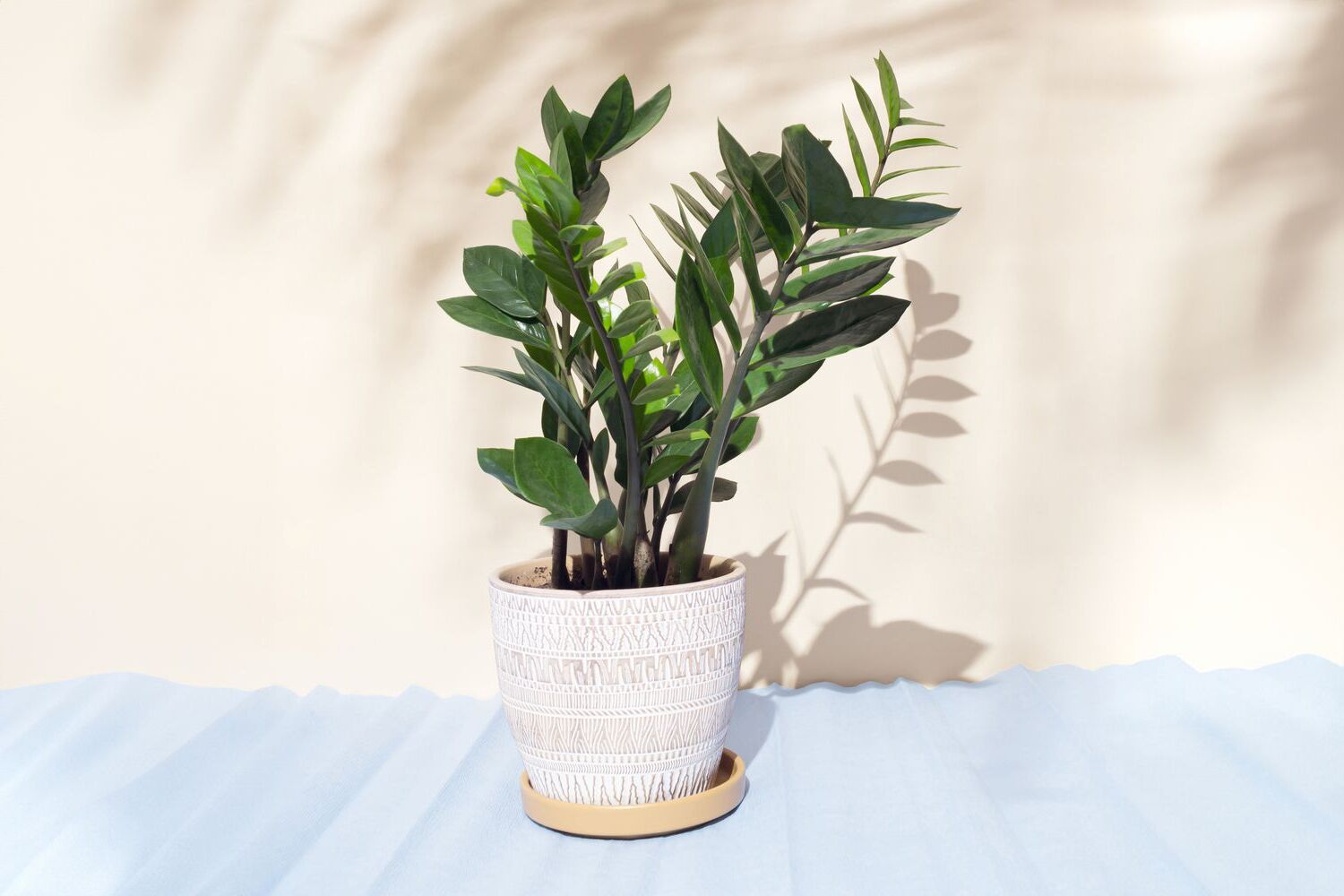
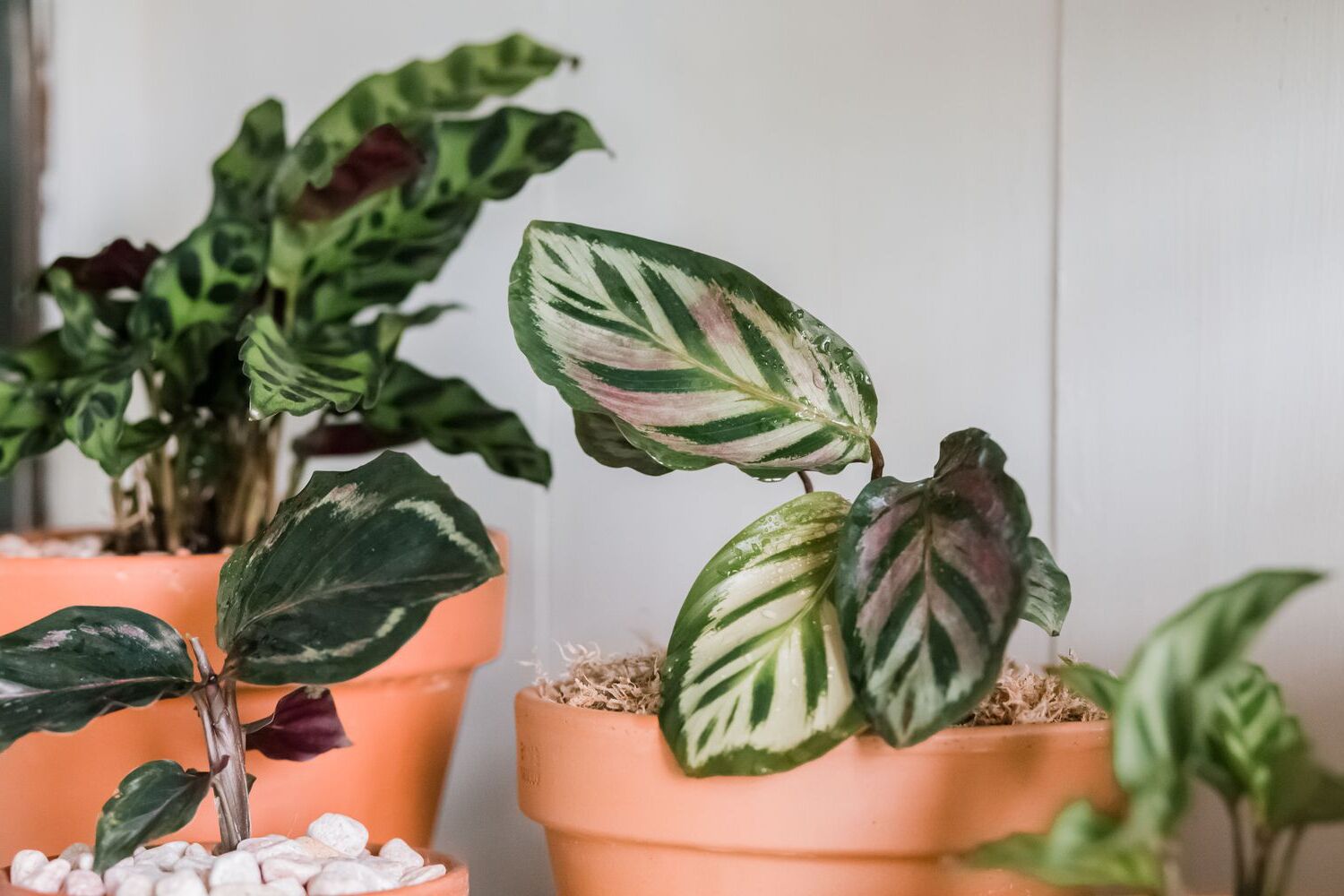
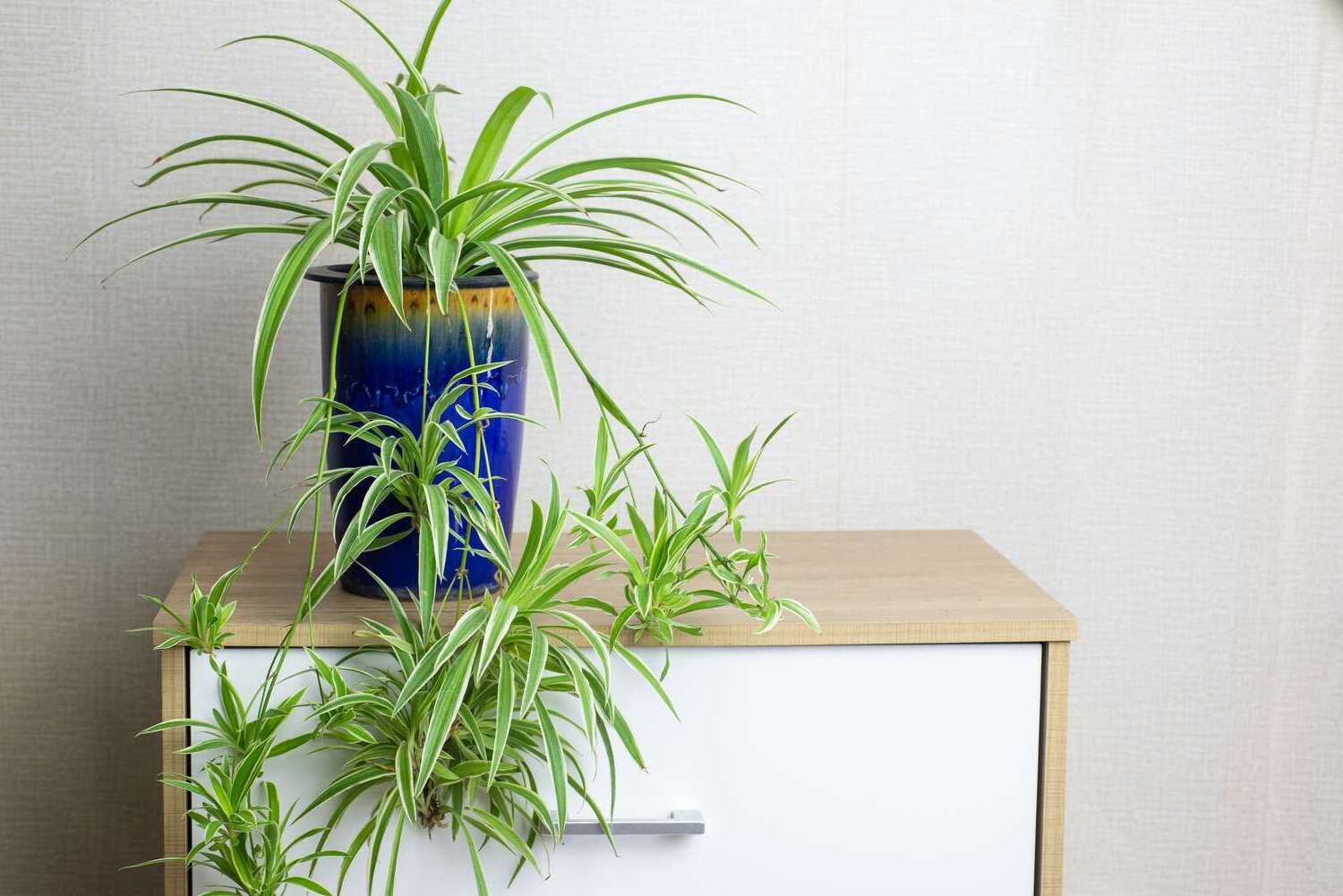
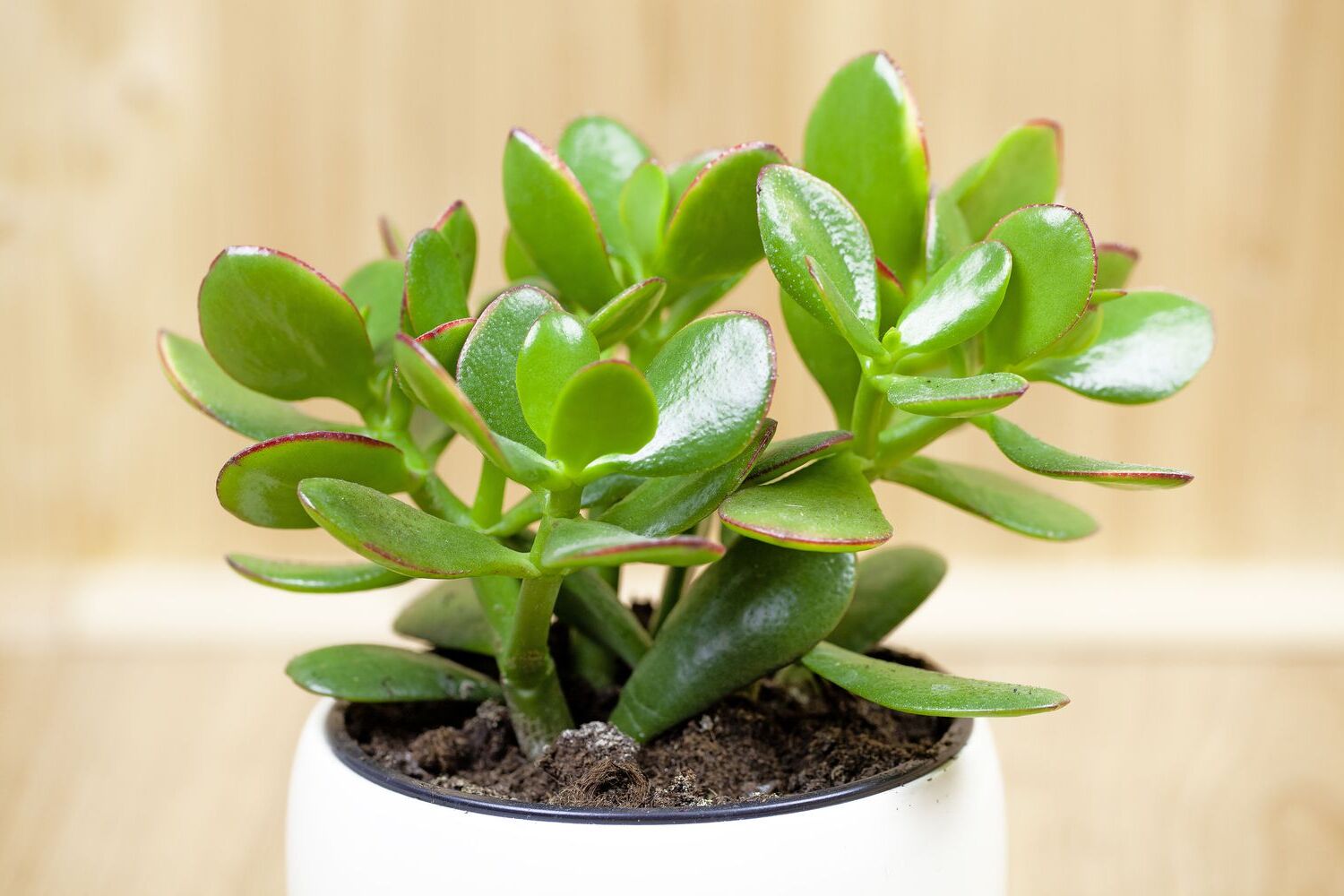
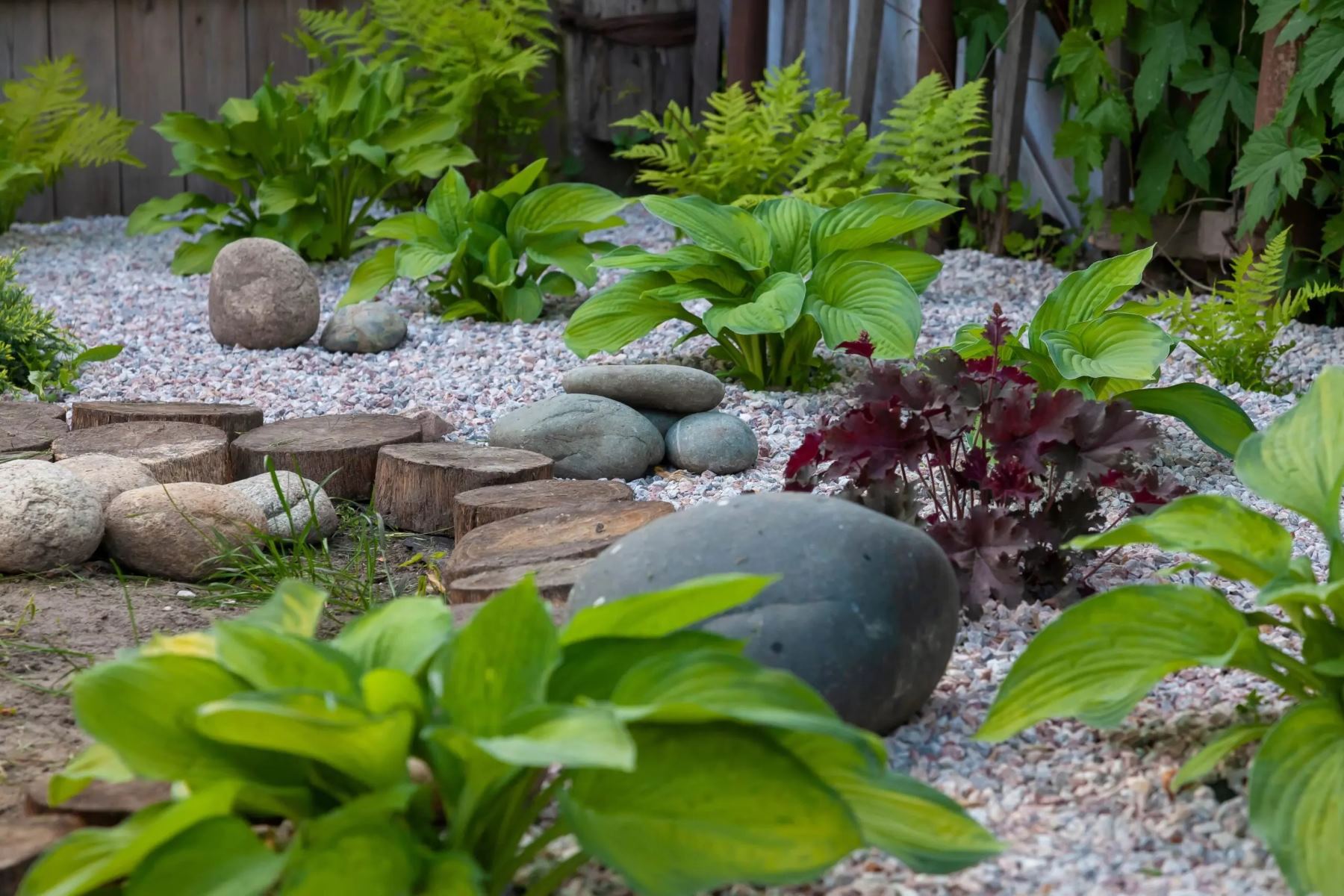
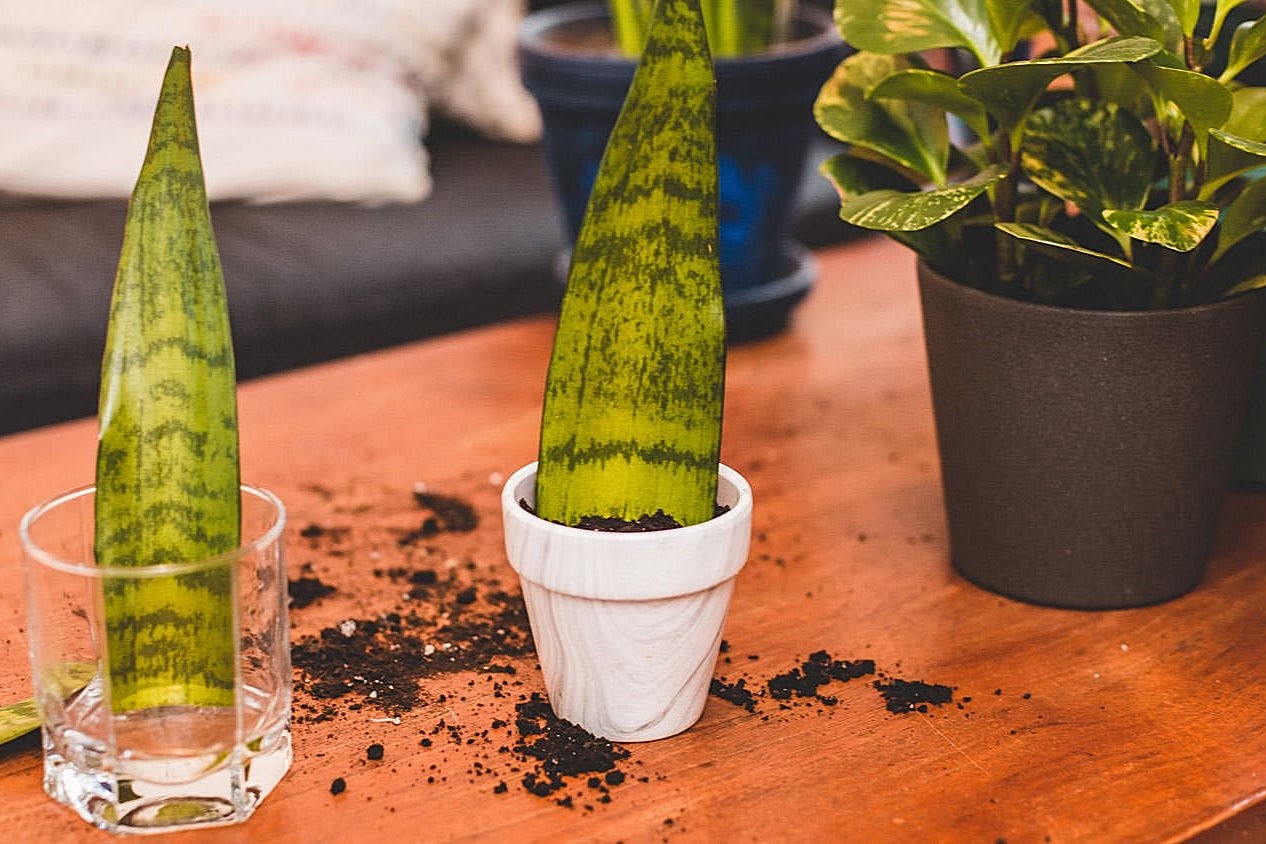
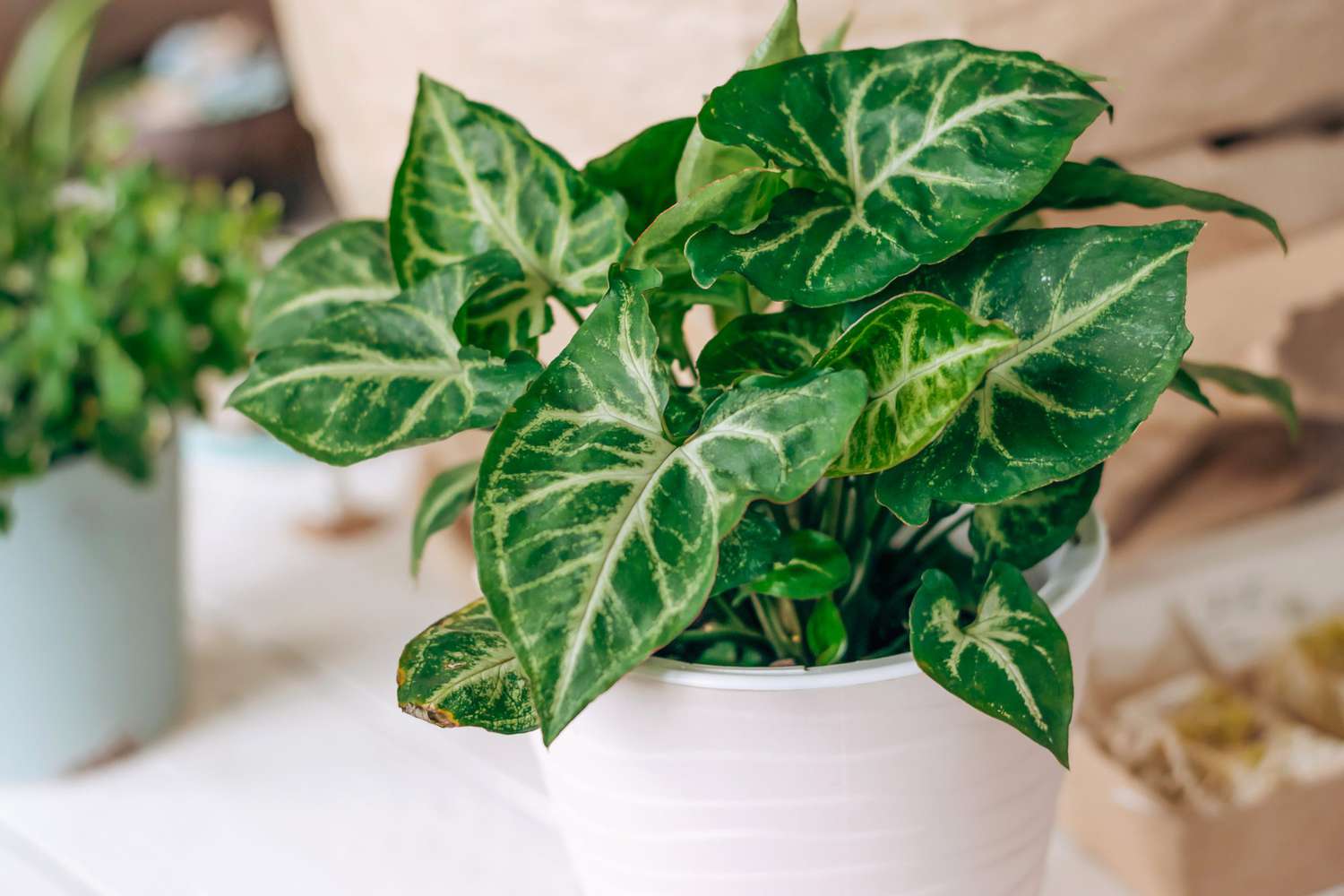
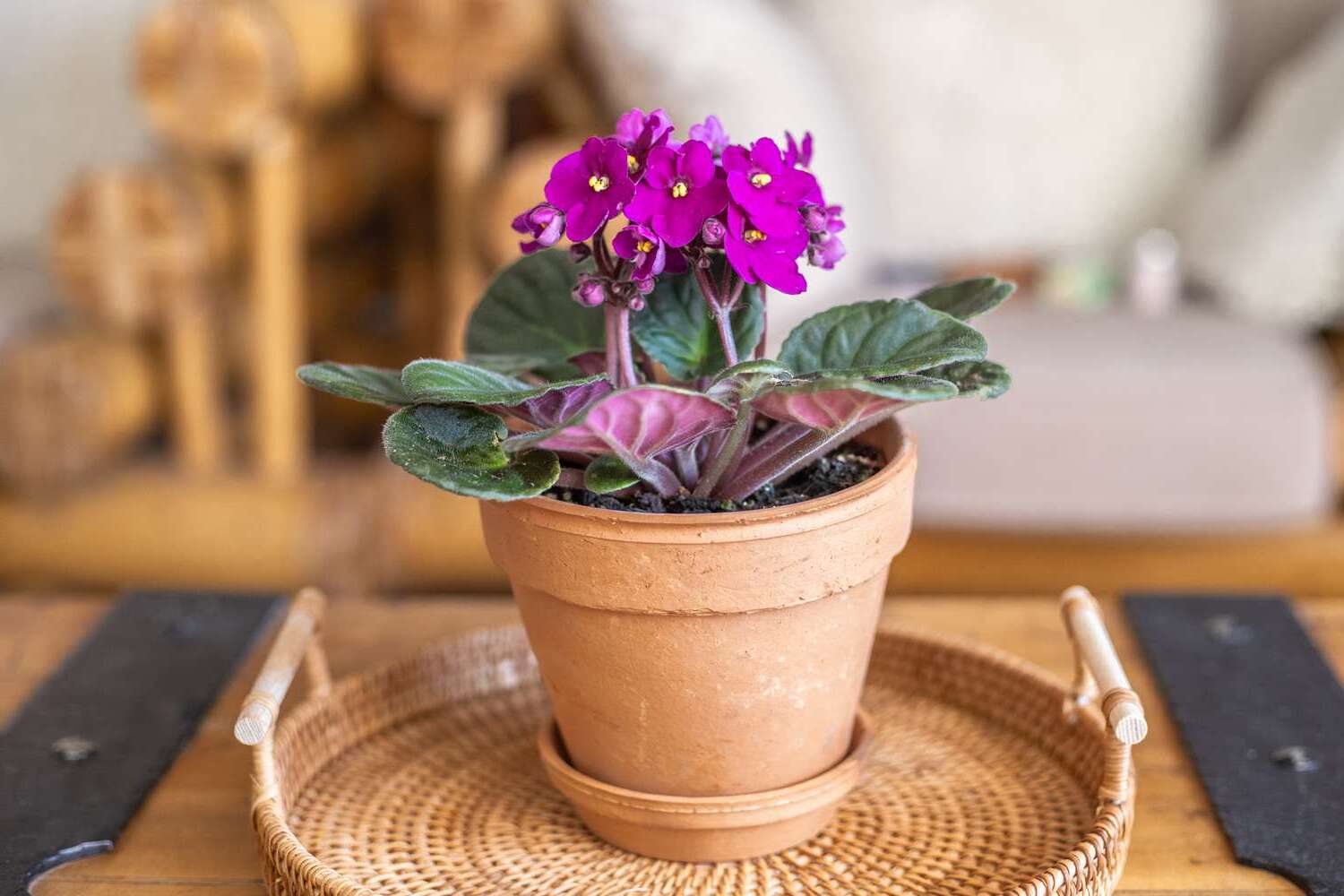

0 thoughts on “Indoor Ponytail Palm Care Tips and Unique Drought-Tolerant Plant”